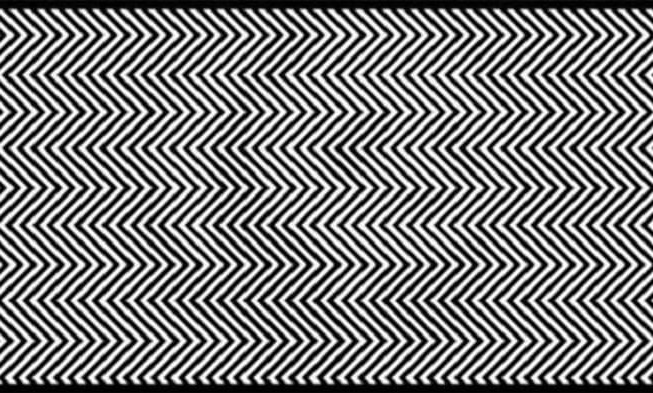The Visual and Psychological Impact of Geometric Patterns

ADVERTISEMENT
The Visual and Psychological Impact of Geometric Patterns
Introduction
Geometric patterns are a fundamental element in art and design, influencing aesthetics across cultures and historical periods. These patterns are not only visually appealing but also carry significant psychological impacts due to their structure and recurrence.
Impact on Visual Perception
Geometric patterns, such as the intricate zigzag lines seen in certain designs, play a critical role in how our brains process visual information. Studies in visual perception have shown that our eyes and brains are particularly sensitive to symmetry, repetition, and contrast, all of which are common in geometric designs. These elements can enhance the ability to process and retain visual information, making geometric patterns a powerful tool in grabbing attention and improving memory retention.
Psychological Effects
The influence of geometric patterns extends beyond mere visual processing; they can also have profound effects on an individual’s mood and emotions. The regularity and order of geometric designs can induce feelings of calm and stability, while more dynamic patterns, like sharp zigzags, might stimulate energy and focus. This psychological impact is leveraged in various fields, including psychology and interior design, to create environments that promote desired emotional states.
Practical Applications in Visual Design
In the world of advertising and graphic design, geometric patterns are utilized to attract viewers’ eyes and convey messages effectively. The strategic use of patterns can guide the viewer’s focus and emphasize specific elements of a design, enhancing the overall communicative power of the visual media. Similarly, in architecture, geometric patterns are not only decorative but are often integral to the structure’s functionality, affecting how spaces are perceived and interacted with by users.
Conclusion
The study of geometric patterns in visual perception and psychology reveals their significant impact not only on aesthetic appreciation but also on cognitive and emotional processes. As research advances, the integration of geometric patterns in design and architecture continues to evolve, promising innovative applications that enhance both functionality and beauty in our everyday environments.
ADVERTISEMENT




